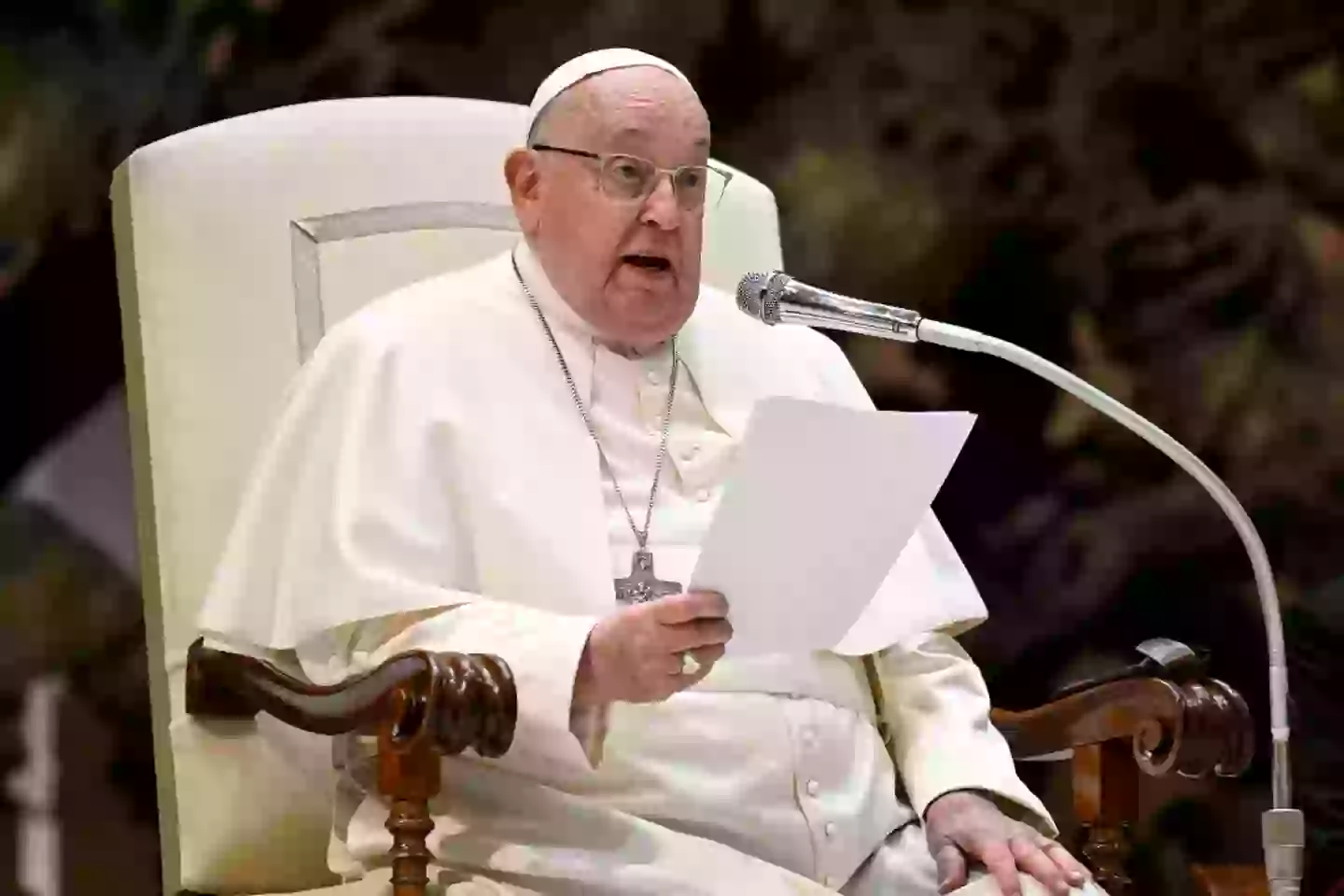Following the death of Pope Francis, a complex and often confidential procedure is set in motion to select a new leader of the Roman Catholic Church.
Today, on Monday, April 21, the Vatican announced the passing of the Holy Father, who was the head of the Church. Pope Francis, born Jorge Mario Bergoglio, became pope in March 2013 and succumbed to a respiratory infection after a short illness.
A period of mourning is now underway, which lasts for nine days, during which the pope will be laid to rest and tributes will be paid to him before a successor is chosen.

The responsibility of appointing the next pope falls to the College of Cardinals, a body consisting of the most senior church officials who were appointed by the deceased pope, and they conduct this task in secrecy.
With over 220 cardinals originating from more than 70 nations, approximately 120 of them are eligible to vote, two-thirds of whom were selected by Pope Francis in the past ten years. It is thought these cardinals align with his vision of a more inclusive church.
Soon, they will converge in Rome for the conclave, derived from the Latin ‘cum clave’, meaning ‘with key.’
Upon gathering, the phrase ‘extra omne’, meaning everyone out, is declared, and they convene under Michelangelo’s Sistine Chapel ceiling, locking the doors to discuss their options.
The cardinals pledge to absolute confidentiality and are prohibited from communicating with anyone outside during the election period. They are only allowed to sleep and eat at the nearby St Martha’s House, where the deceased pope resided for 12 years.
Their communication devices are confiscated, and they are deprived of newspapers, televisions, and any form of messages or letters. The chapel is thoroughly checked for eavesdropping devices before the conclave begins.
Voting occurs daily, both in the morning and afternoon sessions, until one candidate secures a two-thirds majority.

After seven ballots, a day of prayer and reflection is observed. If a new pope is not chosen after 30 ballots, a simple majority is sufficient for election.
The ballot papers are burned after each voting session, with substances added to produce black or white smoke. Black smoke signifies an inconclusive vote, while white smoke signals to the world that a new pope has been elected.
The 1922 papal conclave remains the longest, taking five days to reach a decision.
Though theoretically, any baptized male is eligible for election, typically a serving cardinal is chosen.
The elected candidate is asked to accept the election and to choose his pontifical name. The dean of the cardinals then publicly announces the new pope from the balcony of St Peter’s Basilica.
In an interview in 2023, Pope Francis indicated he would break with tradition regarding his burial, opting instead for the basilica of Santa Maria Maggiore in Rome.
Raised in Argentina, he was the first non-European pope since Syrian Pope Gregory III, over 1,200 years ago. Known for his progressive views and humility, Pope Francis addressed various global issues during his papacy, including the war in Ukraine, climate change, social injustice, refugee crises, and LGBTQ+ rights, leading many to believe his successor might uphold these values.

